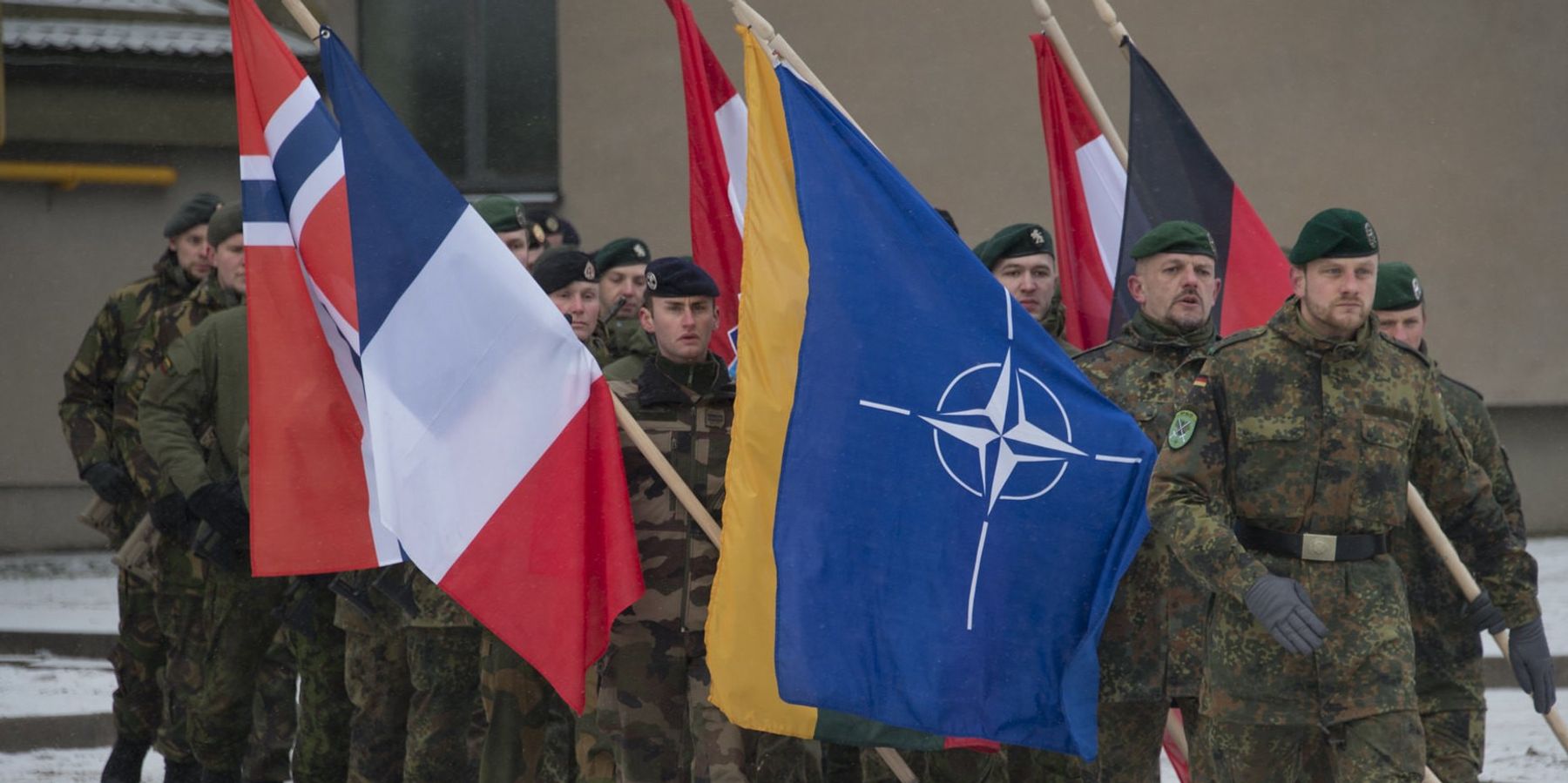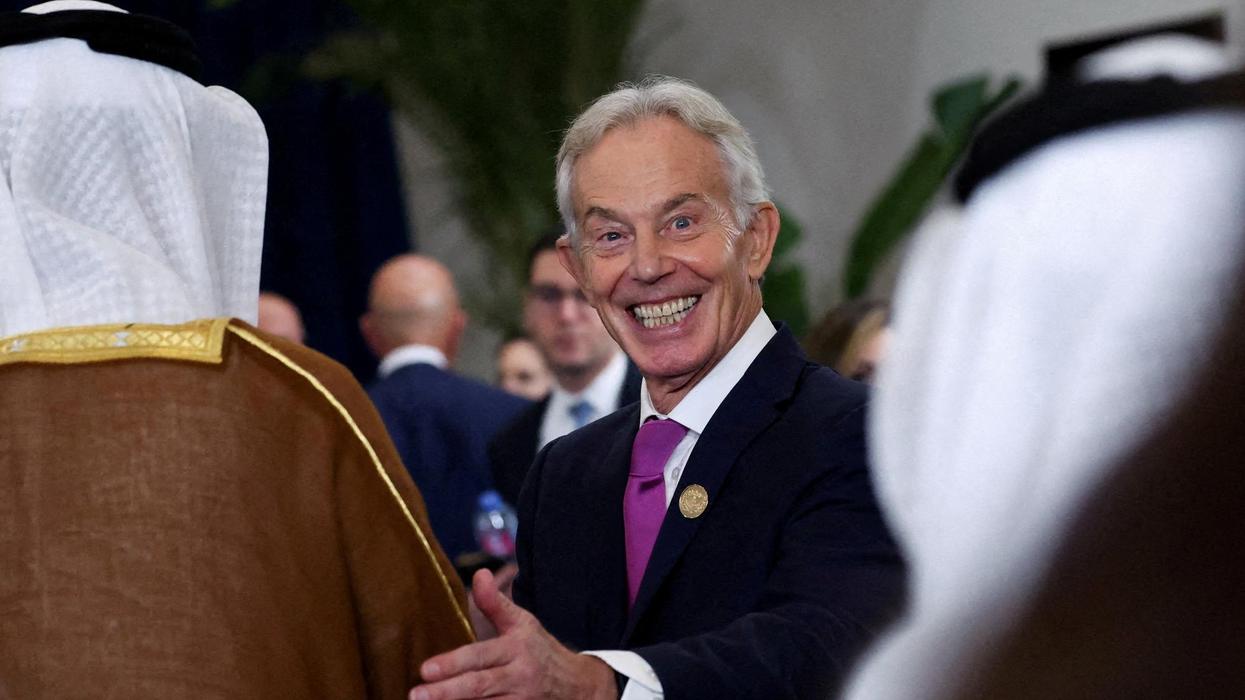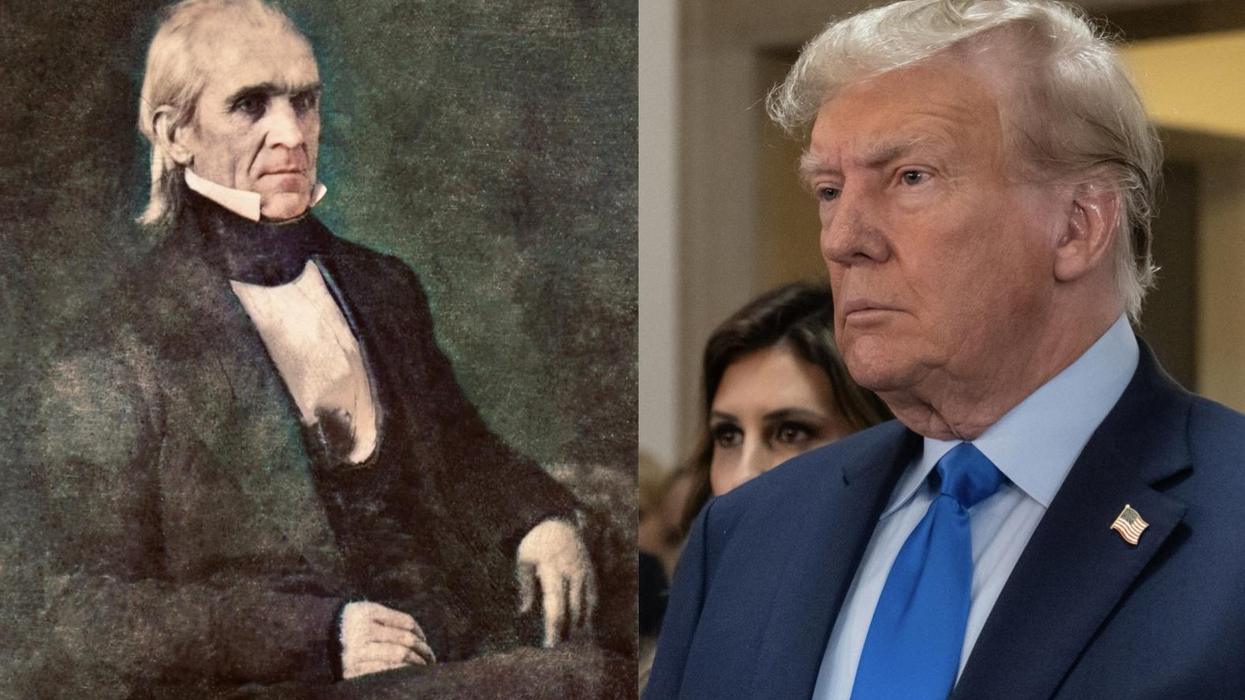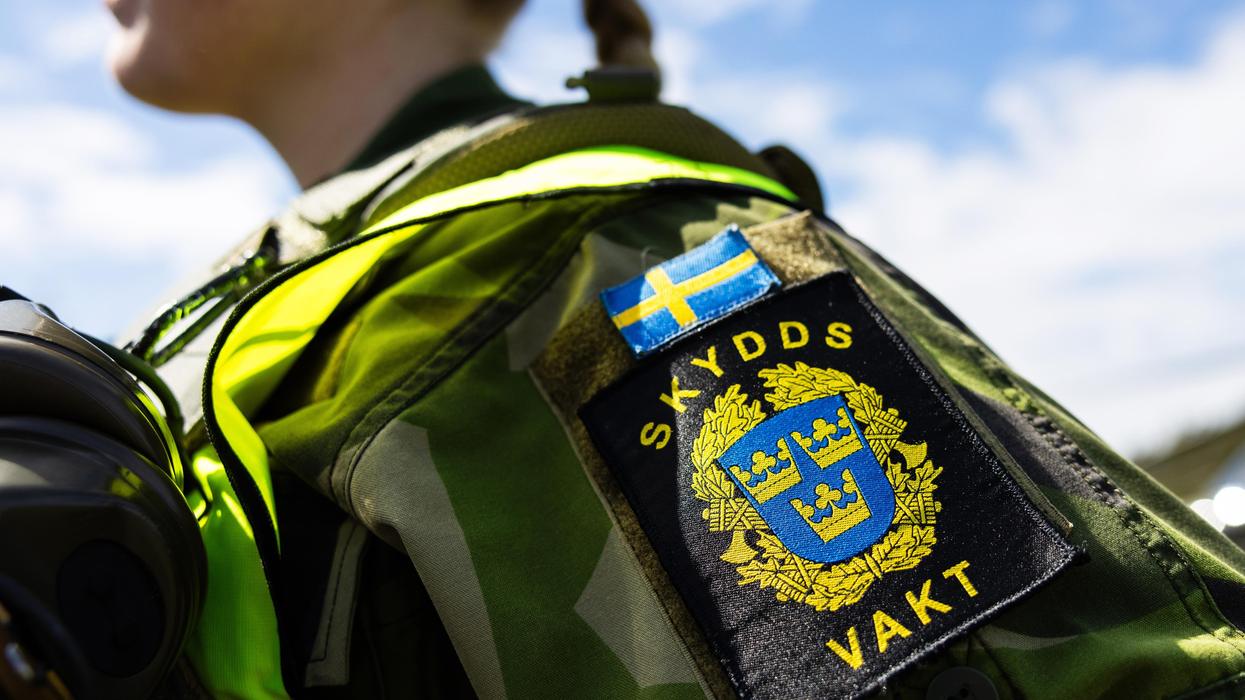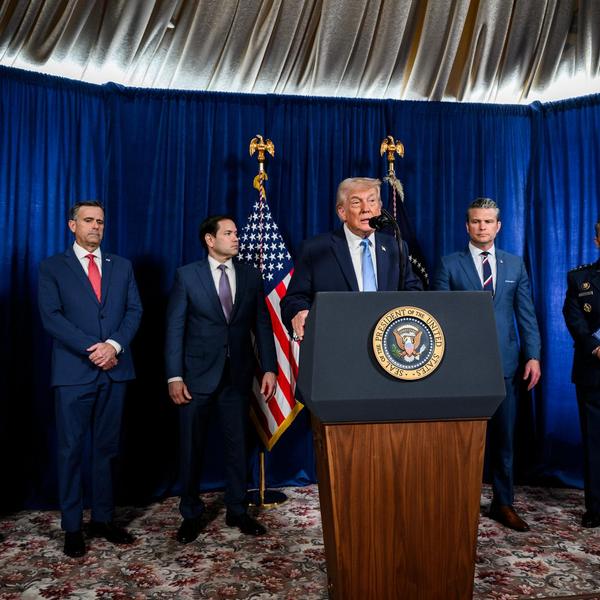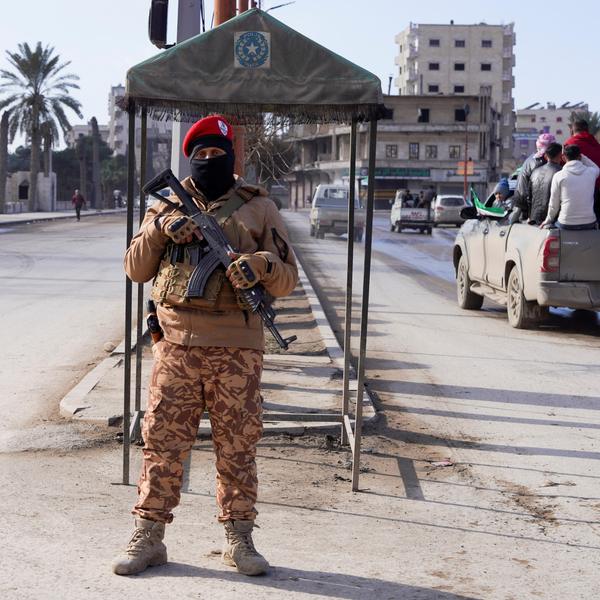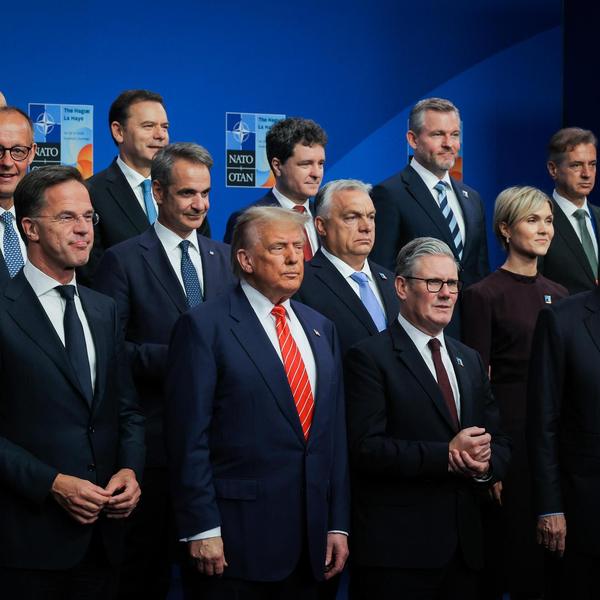It has become commonplace to observe that NATO is the world’s most successful alliance, now observing its 75th anniversary.
That was certainly true for its first four decades of existence: the feared Soviet military invasion of Western Europe never materialized, in no small part due to the deterrence effect of NATO. During the Cold War, NATO nurtured a growing sense of self-confidence in the West that served as an important barrier to the spread of communism. The web of cooperative links it established between U.S. and European officials ensured that the United States remained a key stabilizer in European security affairs and that the growth of German power — which had been so problematic during the first half of the 20th century — was contained within the friendly confines of the alliance.
Since the Cold War’s end, however, NATO has been far more successful at expansion and self-perpetuation than at making the United States safer and more prosperous. With the addition of Sweden and Finland to its ranks, NATO has now doubled in size from the 16 members it included when the Berlin Wall fell.
But greater size has not translated into greater benefits for the United States. In fact, the more members the alliance has incorporated, the more our expanded obligations have risked dragging America into regional and local conflicts that have little to do with America’s own security.
NATO’s eastward expansion has also exacerbated the threat of Russian aggression that the alliance was originally intended to prevent. Moscow first objected to the prospect of such expansion under Gorbachev, then under Yeltsin in response to the first post-Cold War round of new members, and more recently under presidents Medvedev and Putin, as it became clear that NATO had no intention of stopping its enlargement short of Georgia and Ukraine. While not the sole cause of Medvedev’s invasion of Georgia in 2008 and Putin’s invasion of Ukraine in 2022, the desire to block a Western military presence in these key states was a fundamental Kremlin motivation.
NATO’s unwillingness to respect Russia’s concerns, coupled with the Kremlin’s growing conviction that the United States was seeking regime change in Moscow, also prompted Russia to pursue ever deeper security cooperation with China to counterbalance the United States and NATO. The United States now faces threats to its security that are graver than any we encountered during the Cold War. We are on the brink of direct warfare with Russia, the world’s largest nuclear power, but without the arms control measures and confidence-building dialogue that helped keep the Cold War cold.
Unlike the Soviet Union, which was a military behemoth but an economic basket case, China is an industrial powerhouse, deeply integrated into the world economy, far more populous than the United States, and increasingly partnered with the world’s greatest source of natural resources, Russia. Instead of deftly dividing our adversaries, as we did between the Soviet Union and China during the Cold War, we have bumbled our way toward uniting them against us.
These developments can hardly be regarded as American foreign policy successes. And they were not just predictable results of crossing clearly articulated Russian redlines; they were in fact predicted both by American scholars and by experts within the U.S. government. Ignoring these warnings has left Washington and the NATO alliance facing an existential question: how can the West counterbalance the combined might of China and Russia while mitigating the risks of escalation into a catastrophic great power conflict?
The most important step toward this goal should be to encourage greater European strategic capability and autonomy within the NATO alliance. This would allow Europe to serve less as a weak though obedient appendage of Washington and more as force-multiplier in counterbalancing Russia and managing the complex tensions and interdependencies in Western relations with China. And it would allow the United States to focus its limited resources and attention on Asia, where U.S. security is most at risk. Our goal should be to establish a stable balance of power among the key players in an increasingly multipolar order, not to pursue a quixotic and danger-laden vision of eliminating Russia or China as threats to the West.
This would not mean American withdrawal from NATO or abandonment of our obligations under its charter. But it would demand much more than urging European allies to increase their military spending and share more of NATO’s defense burden, as Washington has done rather unsuccessfully for decades. It would require deliberate steps to Europeanize NATO itself, which has long been dominated by American military control, even though its political leaders have typically been European. Installing a European as Supreme Allied Commander and insisting that Europeans assume greater responsibility for planning and guiding NATO’s military operations would go far toward transforming Europe into a more capable pole in the evolving multipolar world.
And, if coupled to a broader effort to manage our precarious competition with Russia over the shape of Europe’s security order, a more Europeanized NATO could help mitigate the presently acute dangers of direct U.S.-Russian military conflict.
Although a less fraught relationship between Russia and the West would not drive a wedge between Russia and China, it would make Moscow less dependent on China and decrease Moscow’s incentives to pursue even deeper security cooperation with Beijing. China, in turn, would have strong reasons to pursue a pragmatic course with Europe, now its largest trading partner, rather than treating Europe as a hostile American proxy. Such circumstances would amount to an American “divide and counterbalance” strategy, as opposed to what has de facto become our current “unite our adversaries” approach.
Will the United States shift course in this way, or will we double down on continuing NATO’s expansionary course and our related attempts to inflict a “strategic defeat” on Russia in Ukraine and Europe? Current thinking within the Washington foreign policy establishment is not encouraging. If we pursue the latter approach, we are headed at best toward decades of precarious confrontation with Russia and an increasingly formidable anti-Western entente between Russia and China. That would make NATO’s future birthdays decidedly unhappy.
- On 75th Anniversary, NATO is at a serious crossroads ›
- Dreaming of an older, calmer NATO | Responsible Statecraft ›

